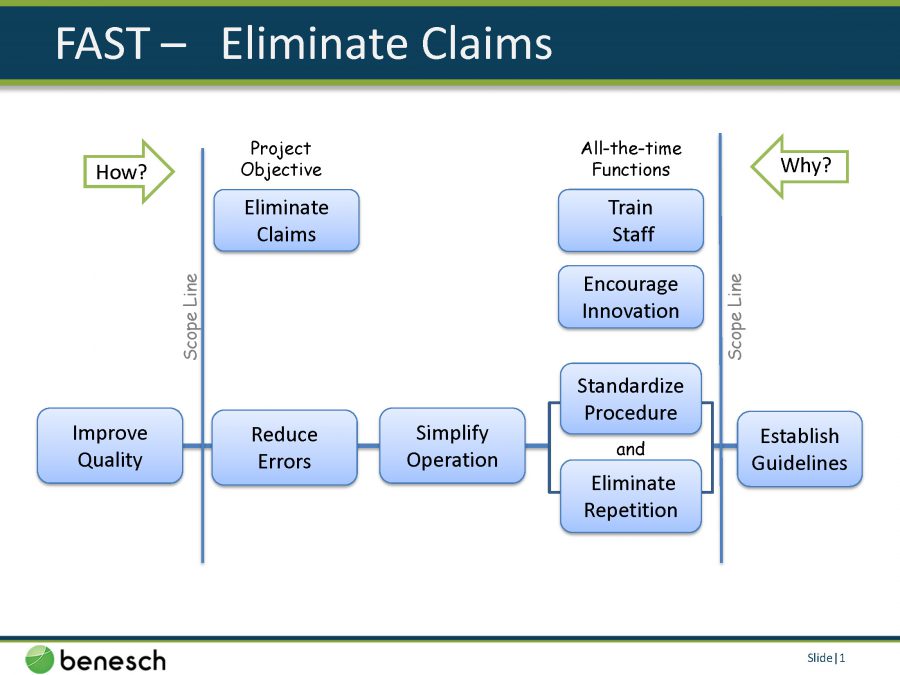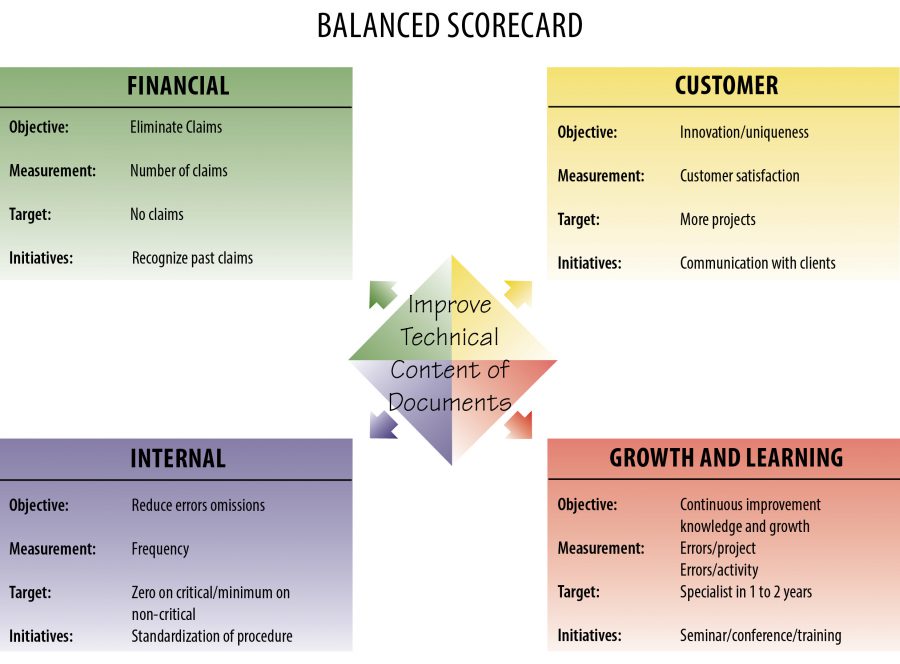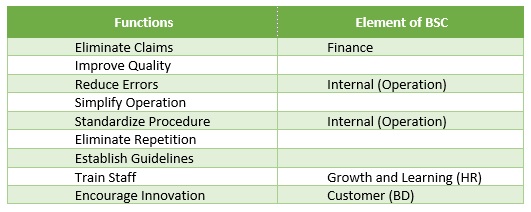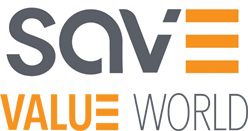By Muthiah Kasi, PE, SE, CVS-Life, FSAVE
Role of VM in Developing Balanced Score Card (BSC)
Robert S. Kaplan and David P. Norton developed the popular Balanced Score Card (BSC) system. It is a performance metric to manage internal functions of a business and measuring external outcomes. More than 50% of US companies have utilized the system in variable degree of implementation. It is one of the top ten management tools in the world.
When implemented as a strategic planning system, the BSC helps organizations to focus on their vision and mission. The goal is to lead the organization into doing the right thing, not just doing things right.
The Balanced Scorecard has four distinctive business elements which include:
- Financial
- External (Customer, Business Development – BD)
- Internal (Operations)
- Growth and Learning (Human Resources – HR)
Setting goals and measuring their impact is the key to the BSC System Its effectiveness lies on balancing the four elements so that organization can sustain their management efforts. The BSC system can be applied for the entire organization strategic plan or it can be applied to a specific area.
Each section requires the following performance measures:
- Objective
- Initiatives
- Measurement
- Target
Value Methodology is a fitting tool to develop the BSC system. The objective for each element can be defined using (Technical) FAST diagramming (see Exhibit A). During the Speculation Phase, ideas can be listed for initiatives and targets for each element. Measurements will be defined during the Evaluation Phase.

Exhibit A: Function Logic Diagram (Technical FAST)
An example of BSC map is shown in Exhibit B. A VM study was conducted to improve the content of technical documents for a project. The documents include drawings and specifications. The objective was to eliminate claims due to error and omission. The VM study listed ideas that would reduce errors. For example, one source of errors is the repetition of same information in various sheets of the contract documents and the inclusion of unnecessary data.

Exhibit B: Balanced Scorecard Map
In the corporate world, changes have impacts on all four elements; Finance, Operation, Customer and HR. For effective implementation, findings of the VM study should be measured in the BSC format.
Functions in the FAST diagram (Exhibit A) can be used to identify the objective or initiatives of the BSC elements.

Exhibit B shows the map of the BSC. Using the findings of the VM study, the frequency of errors were measured. The target as shown in Exhibit B (Internal) was achieved. This also resulted in measuring other targets.The recommended proposals demonstrated that it would enhance all four elements if adopted. It would reduce claims, thereby reducing the cost of doing business. It was expected that the customer would give more design contracts. The designers can deliver quality projects. This will put the organization in a position to spend money on employee training which would enhance the other three elements in the long term.
The VM approach should be custom developed to incorporate into the Balanced Score Card System. This will give a prominent new role to the concept of VM. Alfred Benesch & Company has adopted this approach successfully.
